Gerd Meyer, Dieter Naumann, Lars Wesemann3-527-29912-2, 3-527-30265-4, 3-527-30654-4, 3-527-30811-3
Table of contents :
Inorganic Chemistry in Focus III……Page 4
Dedicated to Professor John D. Corbett on the occasion of his 80th birthday……Page 8
In Praise of Synthesis……Page 10
Contents……Page 14
Preface……Page 22
List of Contributors……Page 24
Biographical Sketches……Page 28
1.1 Introduction: Irregularities in Lanthanide Chemistry……Page 50
1.2 A General Principle of Lanthanide Chemistry……Page 53
1.3 Extensions of the First Part of the Principle……Page 55
1.4 Extensions of the Second Part of the Principle……Page 57
1.5 The Tetrad Effect……Page 58
1.6 The Diad Effect……Page 60
References……Page 62
2.1 Introduction……Page 64
2.2 When Does a Lone Pair of Electrons Become Stereochemically Active? – Observations……Page 65
2.3 Theoretical Concepts……Page 66
2.3.1 Molecular/Complex Compounds……Page 67
2.3.2 Solid Materials……Page 69
2.4 Conclusions……Page 74
References……Page 75
3.1 Introduction……Page 78
3.3 Parameter Definitions……Page 79
3.4 Correlation Between D and N……Page 82
3.5 Transformation of Close-packing Arrangements……Page 84
3.6 Close-packing of Cations or of Anions?……Page 87
3.7 What Determines the Structure?……Page 90
Appendix. ICSD Codes, D and N Parameters of the Structures Used……Page 91
References……Page 93
Foreword……Page 94
4.1 Introduction……Page 95
4.2.1 Synthesis Generalities……Page 96
4.2.2 Structural Principles……Page 97
4.3 PrI(2): Phases and Phase Analysis……Page 100
4.4 Conclusions……Page 107
References……Page 108
5.1 The Basics of Zirconium Cluster Chemistry……Page 110
5.2 Motivation……Page 111
5.3 Mixed-Chloride-Iodide Zirconium Cluster Phases with a 6:12–Metal:Halide Ratio……Page 112
5.4 Mixed Chloride–Iodide Zirconium Cluster Phases with a 6:13 Metal:Halide Ratio……Page 113
5.5 Mixed Chloride–Iodide Zirconium Cluster Phases with a 6:14 Metal:Halide Ratio……Page 116
5.6 Mixed Chloride–Iodide Zirconium Cluster Phases with a 6:15 Metal:Halide Ratio……Page 120
5.7 Mixed Chloride–Iodide Zirconium Cluster Phases with a 6:18 Metal:Halide Ratio – Products from Solid-state Reactions……Page 125
References……Page 126
6.1 Introduction……Page 128
6.1.1 Cluster Connectivity and Framework Dimension……Page 130
6.1.2 The Ligand Combination Approach to Creating Anisotropic Frameworks……Page 131
6.2.1 Synthesis and Chemical Properties……Page 132
6.2.2 Electronic Structure, Redox and Magnetic Properties……Page 133
6.3.1.1 Frameworks Built from Clusters with Five Oxygen Ligands……Page 134
6.3.1.2 Frameworks Built of Clusters with Six Oxygen Ligands……Page 135
6.3.2.1 2D Oxychloride Frameworks with a Honeycomb-like Structure……Page 137
6.3.2.3 2D Framework with Graphite-like Cluster Connectivity……Page 139
6.4.1 Effect of the Total Number of Ligands……Page 142
6.4.2.1 Relationships Between Ligand Arrangement and Direct Inter-cluster Linkages……Page 144
6.4.2.2 Relationships Between the Ligand Arrangement and Inter-cluster Linkages via Counter-ions……Page 145
6.4.4 Structure-determining Factors in the Absence of “Hard” Cations……Page 146
6.5 Electronic Configuration of Niobium Oxychloride Clusters……Page 148
6.6 Conclusion and Outlook……Page 149
References……Page 150
7.1 Introduction……Page 154
7.2 Synthesis and Structure of Molecular M(3)Q(4) and M(3)Q(7) Cluster Complexes……Page 156
7.2.1 Solid-state Synthesis: Dimensional Reduction……Page 157
7.2.2 Solution Routes: Excision……Page 158
7.2.3.1 M(3)Q(4) Cluster Complexes……Page 161
7.2.3.2 M(3)Q(7) Cluster Complexes……Page 162
7.3.1 Molecular Conductors Based on M(3)Q(7) Cluster Complexes……Page 164
7.3.2 Formation of Supramolecular Adducts……Page 166
References……Page 168
8.2 Problems and Pitfalls of some Calcium Compounds with (mixed) B,C,N Anions……Page 170
8.2.1 Borides of Calcium and Lanthanum……Page 172
8.2.2 The CaC(2) Problem and Ca(3)Cl(2)C(3)……Page 173
8.2.5 A Comparison of Ca(3)(BN(2))(2) and Sr(3)(BN(2))(2) Structures……Page 175
8.3.1 Electronic Considerations……Page 178
8.4 Lanthanum Nitridoborates……Page 180
Compounds in Ca-B-N and La-B-N systems……Page 181
8.4.1 Nitridoborate Ions……Page 182
8.4.2 Structures of Lanthanum Nitridoborates……Page 183
8.5 Outlook……Page 186
References……Page 187
9.1 Introduction……Page 190
9.2 Tuning Structures and Properties in Lithium Binary and Ternary Systems……Page 191
9.3 Clustering in Condensed Lithium Ternary Phases: A Way Towards Quasicrystals……Page 192
9.4.1 Background……Page 193
9.4.2 The System Li-Al-Ag……Page 194
9.4.3 Compositional and Structural Variations in the System Li-Al-Si……Page 195
9.4.4 The Tetragonal Compound Li(9)AlSi(3), a Good Anodic Material……Page 197
9.5.1 The Electron-poor Hexagonal Phase LiZnGe……Page 198
9.5.2 The True Cubic Configuration of the Compound Li(2)ZnGe……Page 199
9.5.3 The Li-rich Compound Li(8)Zn(2)Ge(3) with an Open-layered Anionic Framework……Page 201
References……Page 203
10.2 What are Intermetallics?……Page 206
10.3 The Zintl-Klemm Concept……Page 209
10.4 “Electron-poor” Polar Intermetallics……Page 210
10.5 Intermetallic π-Systems……Page 211
10.6 Some Final Remarks……Page 217
References……Page 218
11.1 Introduction……Page 222
11.2 Structure……Page 223
11.3 Resistivity……Page 226
11.4 Magnetic Properties……Page 227
11.5 Magnetoresistance……Page 228
11.6 Summary……Page 229
References……Page 230
12.1 Introduction……Page 232
12.2 Mn(14)Al(56+x)Ge(3-x) (x=0.00, 0.32, 0.61)……Page 233
12.3 La(5-x)Ca(x)Ge(4) (x=3.37, 3.66, 3.82) and Ce(5-x)Ca(x)Ge(4) (x=3.00, 3.20, 3.26)……Page 237
Acknowledgments……Page 240
References……Page 241
13.1 Introduction……Page 244
13.2 New Main-group Arsenides……Page 246
13.3 Compounds Based on Isolated [NbAs(4)] Tetrahedral Centers……Page 248
13.4 Compounds Based on Edge-sharing Dimers of [NbAs(4)] Tetrahedra……Page 253
References……Page 255
14.1 Introduction……Page 258
14.2.1 Quaternary Rare-earth Metal Chalcophosphates……Page 259
14.2.2 Quaternary Rare-earth Metal Chalcoarsenites and Antimonites……Page 262
14.2.3 Quaternary Rare-earth Metal Chalcotrielates and Tetrelates……Page 264
14.3 Summary……Page 270
References……Page 271
15.1 Introduction……Page 274
15.2 Cu(5.5)Si(1.5)Fe(4)Sn(12)S(32)……Page 276
15.3 Cu(5.47)Fe(2.9)Sn(13.1)S(32)……Page 282
15.4 Cu(7.38)Mn(4)Sn(12)S(32) (1) and Cu(7.07)Ni(4)Sn(12)S(32) (2)……Page 284
References……Page 285
16.1 Introduction……Page 288
16.2 General Approach to Salt-inclusion Synthesis……Page 290
16.3.1 Zeolite-like Transition Metal Containing Porous Compounds……Page 291
16.3.2 Non-centrosymmetric Solids (NCSs)……Page 293
16.3.3 Solids Containing Periodic Arrays of Transition-metal Nanostructures……Page 296
16.4 Final Remarks……Page 297
References……Page 298
17.1 Introduction……Page 300
17.2.1 Background: Molecular and Condensed Metal-perrhenates……Page 301
17.2.2 Copper- and Silver-perrhenate Hybrids……Page 302
17.2.3 Metal-coordinated Pillars in Perrhenate Hybrids……Page 305
17.3.1 Background: Layered Vanadate Species……Page 308
17.3.2 Layered Heterometallic Vanadates: Charge Density Matching……Page 310
17.3.3 Heterometallic Reduced Layered Vanadates……Page 311
References……Page 314
18.1 Introduction……Page 316
18.2 A Hierarchy of Structure-directing Forces……Page 317
18.3 Hydrogen Bond Influence on Melts and Crystallization……Page 318
18.4 Electronic Implications of Hydrogen Bonding……Page 321
18.5 Conclusions……Page 324
References……Page 325
19.1 Introduction……Page 328
19.2 Synthesis of TiN Nanoparticles……Page 329
19.3 Titanium Nitride Nanoparticles in Hydrogen Storage Applications [12, 13]……Page 334
19.4 Catalytic Properties of TiN Nanoparticles in Solution [33]……Page 337
19.5 Catalytic Properties……Page 338
References……Page 341
20.2 Synthesis Methods……Page 344
20.3 Solventless Thermolysis and Some Examples……Page 345
20.3.2 NiS Nanorods and Nanotrigonal Prisms……Page 346
20.3.4 Pb(3)O(2)Cl(2) Nanobelts……Page 347
20.4 Control of the Nanoproduct Morphology Through the State of the Precursor……Page 348
20.5 Crystal Structure of the Precursor versus the Morphology and Distribution of the As-synthesized Nanoproduct: A Possible Bridge Between these Two?……Page 349
Acknowledgment……Page 351
References……Page 352
21.1 Introduction……Page 354
21.2.1 The Crystal Structures of Ba(3)BP(3)O(12), BaBPO(5) and Ba(3)BPO(7)……Page 355
21.2.2 The Preparation and X-ray-excited Intrinsic Scintillation Luminescence Properties of Ba(3)BP(3)O(12), BaBPO(5) and Ba(3)BPO(7) [14, 15]……Page 357
21.2.3 The X-ray-excited Luminescence Properties of Ce(3+)-activated Ba(3)BP(3)O(12), BaBPO(5) and Ba(3)BPO(7)……Page 365
21.2.4 Potential Scintillation Material of Ba(3)BP(3)O(12):Eu(2+) [32]……Page 367
21.3 Outlook……Page 371
References……Page 372
Subject Index……Page 374
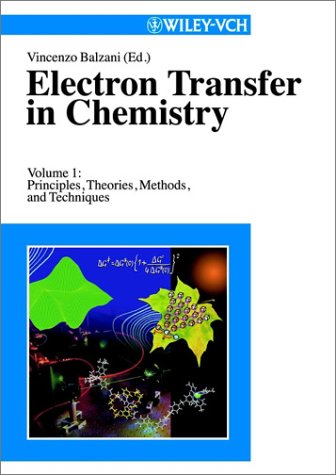

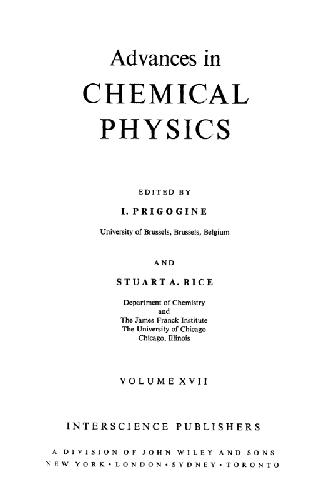
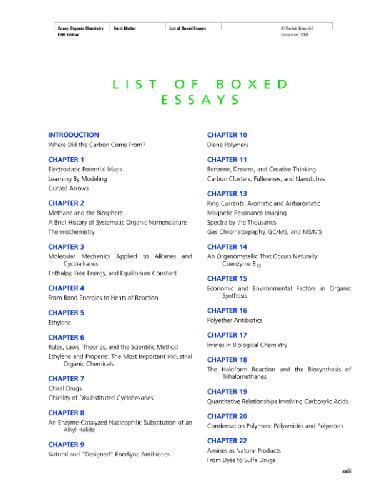

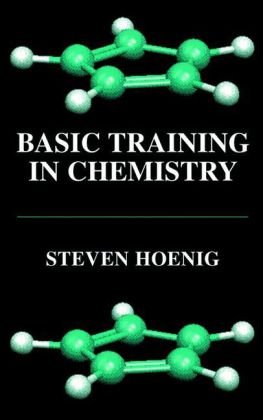
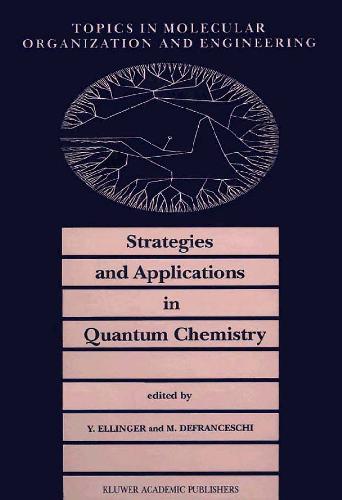
Reviews
There are no reviews yet.